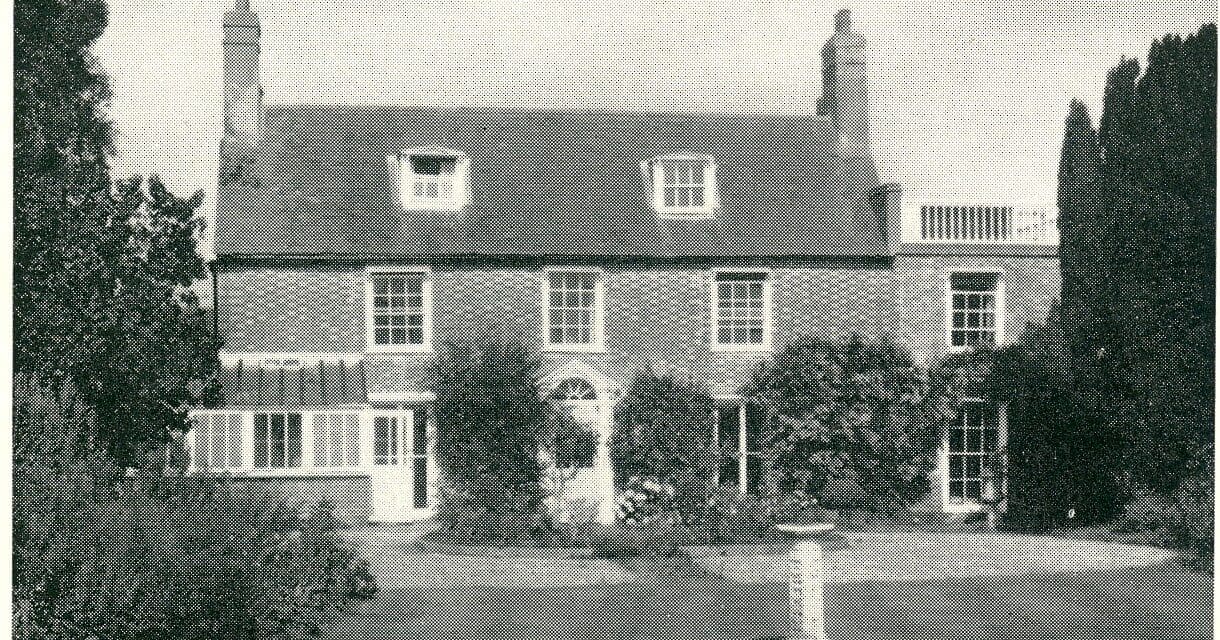We may be in a state of lockdown, but it is noticeable the amount of building work that is being done from the new builds around the school to the many renovations elsewhere. One property which is in the midst of alterations, being one of the oldest properties in the parish, is Fisher’s Mead at Keyhaven.
It was built sometime between 1778 and 1782 by William Furner and financed by the profits he had made in the local salt industry, which was then at the height of its prosperity. Furner began his operations in Keyhaven in the late 1750s by buying a couple of salterns, a modest cottage and a field to serve as a smallholding for his support during the lean winter months. His affairs prospered and he came to own, at various times, as many as half a dozen salterns, including the large Mount Saltern near the end of New Lane, now under the sea.
Fisher’s Mead was the first house of quality to be built in Keyhaven and the novelty soon caused it to be known as Furner’s Great House. Sadly he did not live long to enjoy the house and by 1783 it had passed to his son who did not live there. It appears that he had difficulty in finding a tenant and the house remained largely unoccupied until 1788. From then until 1795 there was a series of wealthy owners or tenants who added to its facilities and brought the house to the peak of its perfection. The ground plan they left remained substantially unaltered up to recent times.
In 1795, the Great House, together with its 22 acres of land, was acquired by John Mitchell. However, he seems to have let the house run down and the land was sold off towards the end of his life. His successor, in 1802, was a Mr Ratsey who had passed most of his life at Cowes, where he was a grocer moving to Keyhaven where he lived as a gentleman. During his tenure he attached to the end of the house a 7 acre field, then known as Home Close. His widow added a paddock to the front of the house and remained in residence until her death in 1827. Two years later the house and land were bought by Mrs Whitby and taken into the Newlands Manor estate with a series of tenants until 1864 when it was bought by the widow of Colonel Peter Hawker, the celebrated wildfowler, who lived next door in what was then called Widgeon Cottage, now known as Hawker’s Cottage. When she died in 1872, Mrs Hawker bequeathed Fisher’s Mead to her maid Lucy Saunders, who soon after married solicitor’s clerk, Walter Holway.
The description “Great House” died out in the early 19th century. To Mrs Hawker, the house was known as “Marina” and the name “Fisher’s Mead“ seems to have replaced it around the turn of the last century. The name derives from the field, Fisher’s mead, which adjoined the side of the house (the Home Close of earlier times) and which was regularly rented by George Fisher, former gardener at Newlands, whose house once stood on the site now occupied by the old coastguard houses. Latterly the house will be remembered as being owned by the Trehearnes who initially ran it as an hotel before ending as their private residence.
For further information visit the MOSHRS website which is a core part of its Bringing History Home project supported by the Heritage Lottery Fund and Milford-on-Sea Parish Council. website www.milfordhistory.org.uk










